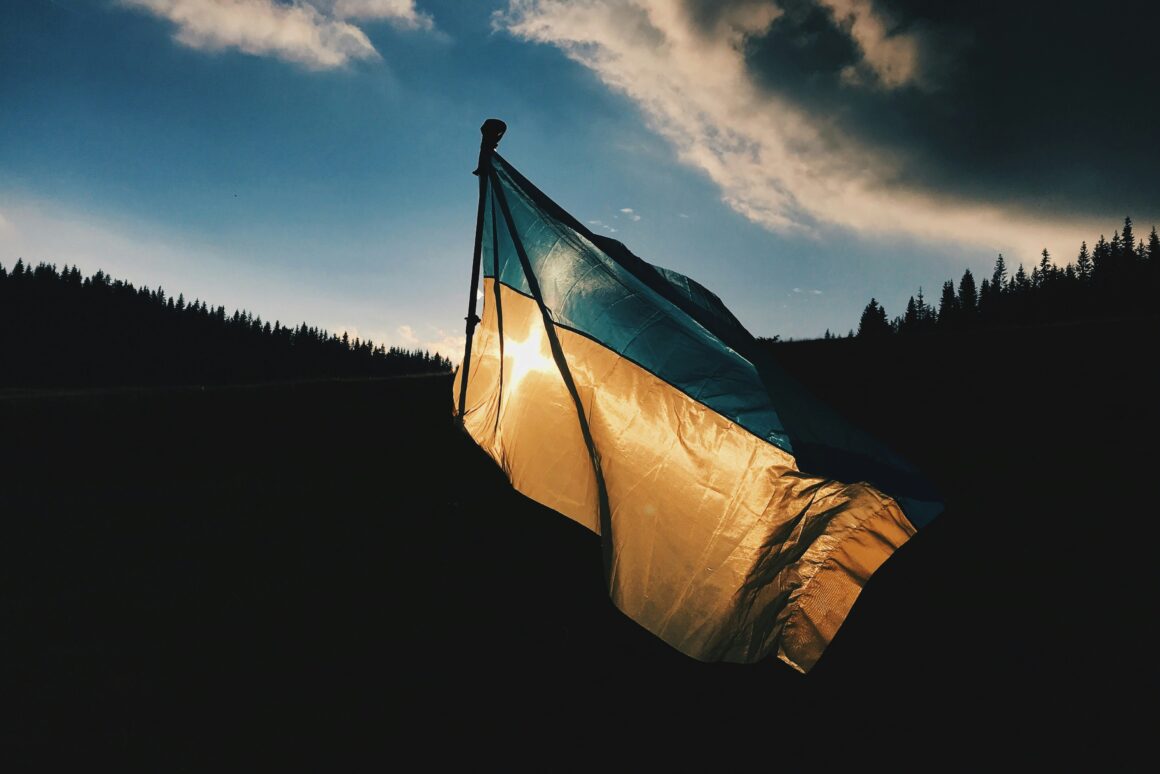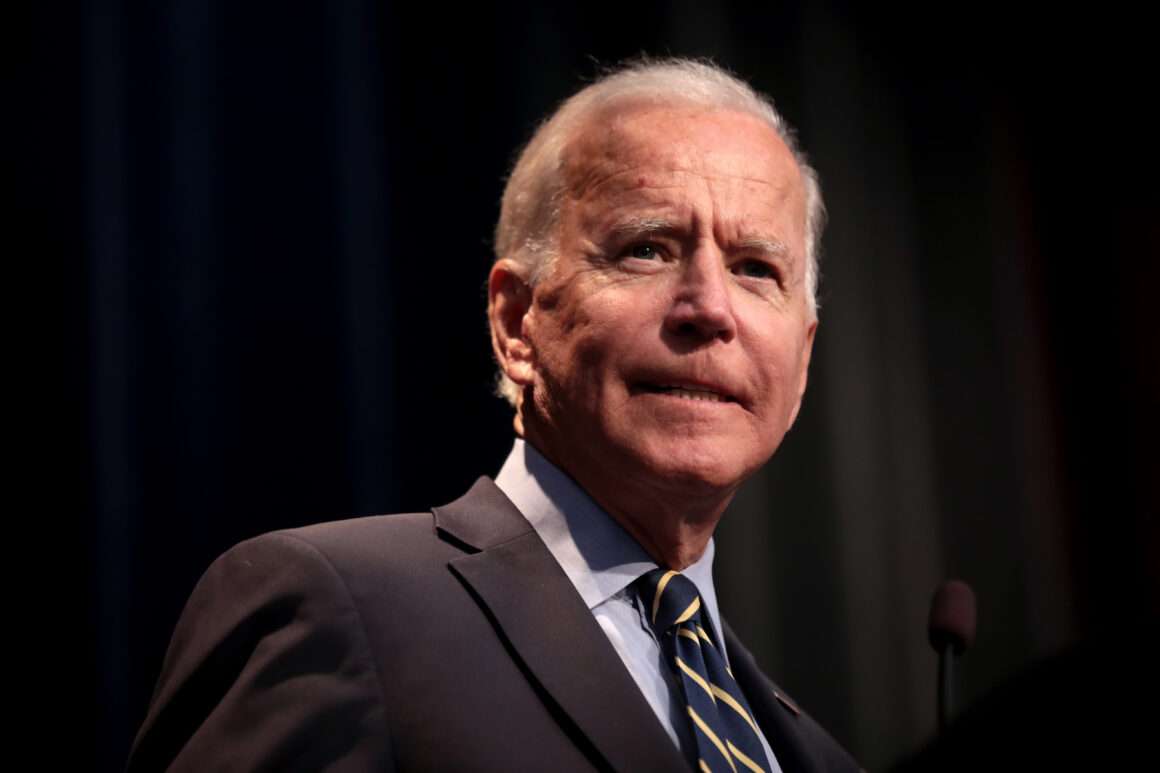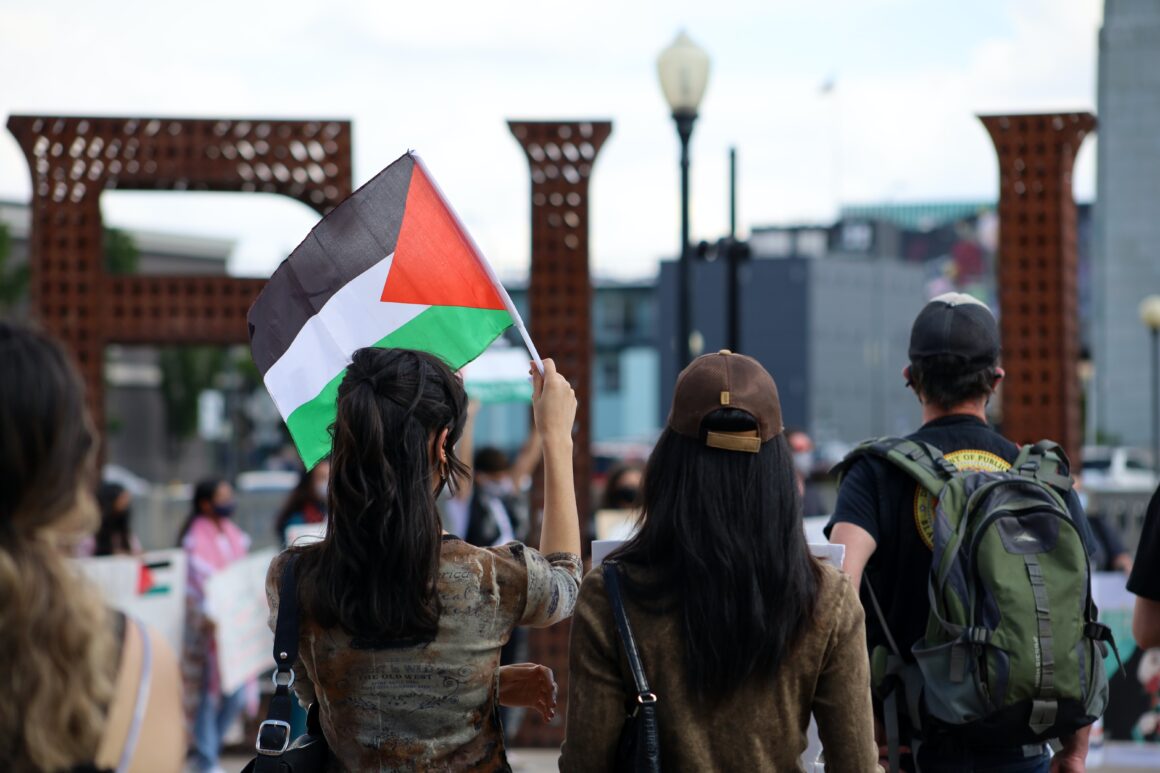The dispute has not weakened. Several demonstrations in support of the inhabitants of Al Hoceima in north-east Morocco were held in several other cities of the country. “No to repression”, “All united with the Hirak of the Rif” and “Are you a government or a gang?” are some of the slogans proclaimed by the protesters.
The participants also condemned the arrests of demonstrators announced by the Ministry of the Interior for alleged crimes and offenses against the internal security of the State, among others.
Elsewhere, a few hundred people took to the streets in Imzouren, Tangier and Nador. The demonstrations follow the announcement by the Attorney General of the King of Al Hoceima Court of Appeal of the arrest of 20 people on the 26th and 27th of May for alleged crimes and offenses against internal security of the State and for other ordinary crimes. Sunday. May 28th in several cities of Morocco, rallies of solidarity with the events of the Rif were held. In Al Hoceima, the capital of this landlocked region, about 20 activists were arrested and clashes between demonstrators and police took place. The protesters denounced the security turn taken to put an end to the citizen movement Hirak, born of a popular protest after the death of the fishmonger Mouhcine Fikri last December. Nearly a thousand people gathered for an hour at the United Nations Square, opposite the Medina in Casablanca.
Nasser Zefzafi’s arrest was ordered following his violent intervention in a mosque during Friday prayer, where he interrupted the imam who called on the faithful to mobilize against the demonstrations.
According to the king’s attorney general, Nasser Zefzafi “prevented the preacher from continuing his sermon, uttering a provocative speech, in which he insulted the imam” and “sowed disturbances on the sacredness of this worship, thus depriving the faithful of the last prayer on the Friday of the month of Chaâbane.”
According to sources close to the associations, the families of those arrested in Al Hoceïma are unaware of their place of detention. In this poor region, the population regularly feels neglected by the central Moroccan government. During the last riots of 1984, launched by Rifer students in Nador, Hassan II had decided to exclude the region from all development plans, but the isolation and lack of local resources continue to fuel frustrations today, and employment is lacking.
For 15 days, demonstrations have been increasing in Hoceïma to demand the liberation of the leaders of the protest movement. The procession stretched for nearly a kilometer on Mohamed VI Avenue, the city’s main thoroughfare, to Bab al-Had Square, on the edge of the Medina. On social networks, independent Moroccan journalists evoke several tens of thousands of demonstrators. Previous demonstrations had already been organized in Rabat, Casablanca and Fez, but of lesser importance. Several organizations called for the rally, but also left-wing and far-left parties, activists of the Amazigh cause and activists of February 20th, spearhead of the Moroccan version of the Arab Spring in 2011. According to the latest official figures, 86 people have been brought to justice to date, of which about 30 have been placed in pre-trial detention, accused of heavy charges. In the streets, demonstrations have been going on for a fortnight at a daily pace in Hoceïma, as well as in the neighboring town of Imzouren, another hub of protest.




